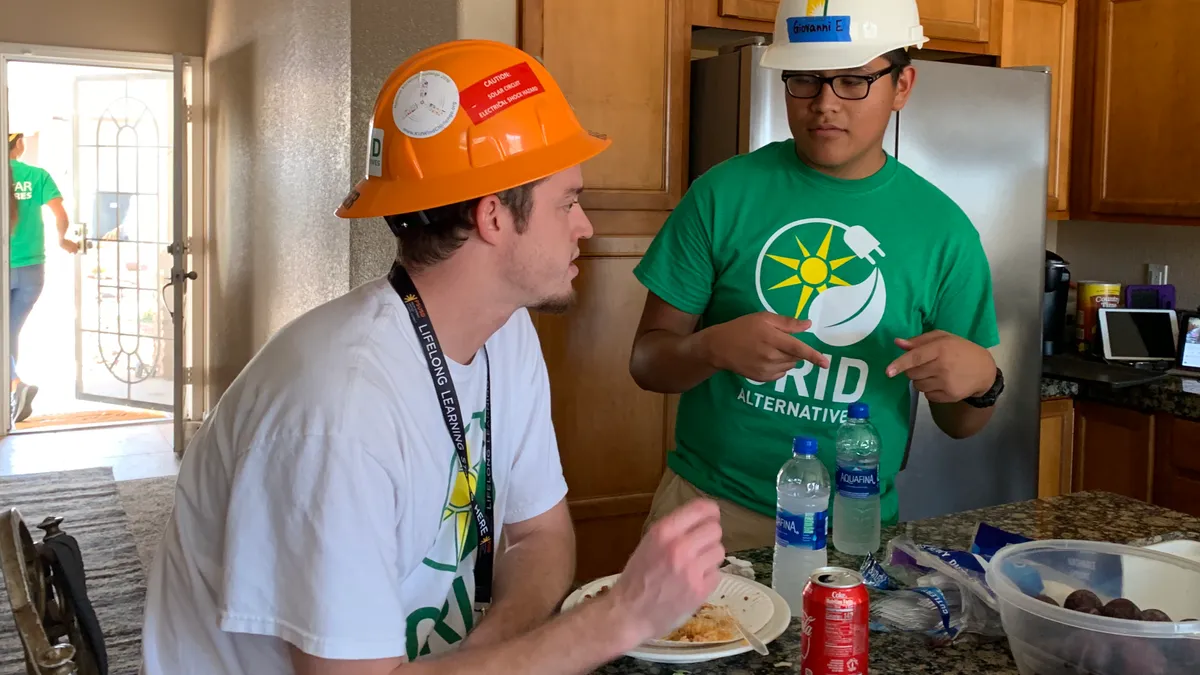Dive Brief:
- A pair of reports released this week by Chiefs for Change detail strategies for strengthening career and technical education programs to expand students' access to clear pathways for jobs in high-paying, in-demand fields.
- "The Role of State Governance in Supporting Learner Pathways" outlines how states can establish an inclusive shared goal for CTE pathway outcomes by establishing a governance structure to bring together partners from across K-12, postsecondary and the workforce to develop a metric for success. It calls on engaging all stakeholders to communicate opportunities available to learners, families and community-based organizations, as well as to track that progress.
- The second report, "Education-to-Workforce Learner Pathways: How Intermediary Organizations Can Support and Help Sustain Effective Partnerships," outlines the role intermediary organizations can take in connecting K-12, colleges and universities, employers and workforce development agencies. Recommendations include developing protocols to engage intermediary organizations and identifying federal and state funding opportunities.
Dive Insight:
Nearly half of respondents in a recent National Association of Business Economics survey reported being short on skilled labor, CNN Business reports. Of those, 20% said jobseekers who did apply lacked the needed skills.
Career and technical education programs have been touted as a solution as the need for skilled workers in high-demand fields grows nationwide, ranging from traditional areas of automotive, agriculture and manufacturing to growing sectors like IT, programming and cybersecurity.
At Seneca High School in Tabernacle, New Jersey, industrial arts pathways start with designing clusters of courses around the automotive industry that include certification opportunities. Accreditation from the Automotive Service Excellence Education Foundation connect students with dealerships and repair shops.
In Miami-Dade County Public Schools, high school students gained hands-on classroom experience in early childhood learning and child care through a preschool coding and robotics program where they helped youngsters develop basic coding skills.
As automation has grown in many fields and necessitated a push for more creative and critical thought over compliance-based work, CTE best practices have also placed increased focus on soft skills around interpersonal communication, social and emotional intelligence, and character traits.
Developing partnerships with local businesses is crucial to honing a district’s CTE offerings, creating relevant on-the-job training opportunities for students who plan to enter the workforce after high school. Among key best practices shared with K-12 Dive by CTE program directors from around the U.S. is the importance of remaining flexible and collaborative with problem-solving, particularly as these programs continue adjusting to the impact of the COVID-19 pandemic.












